Gardens and public engagement
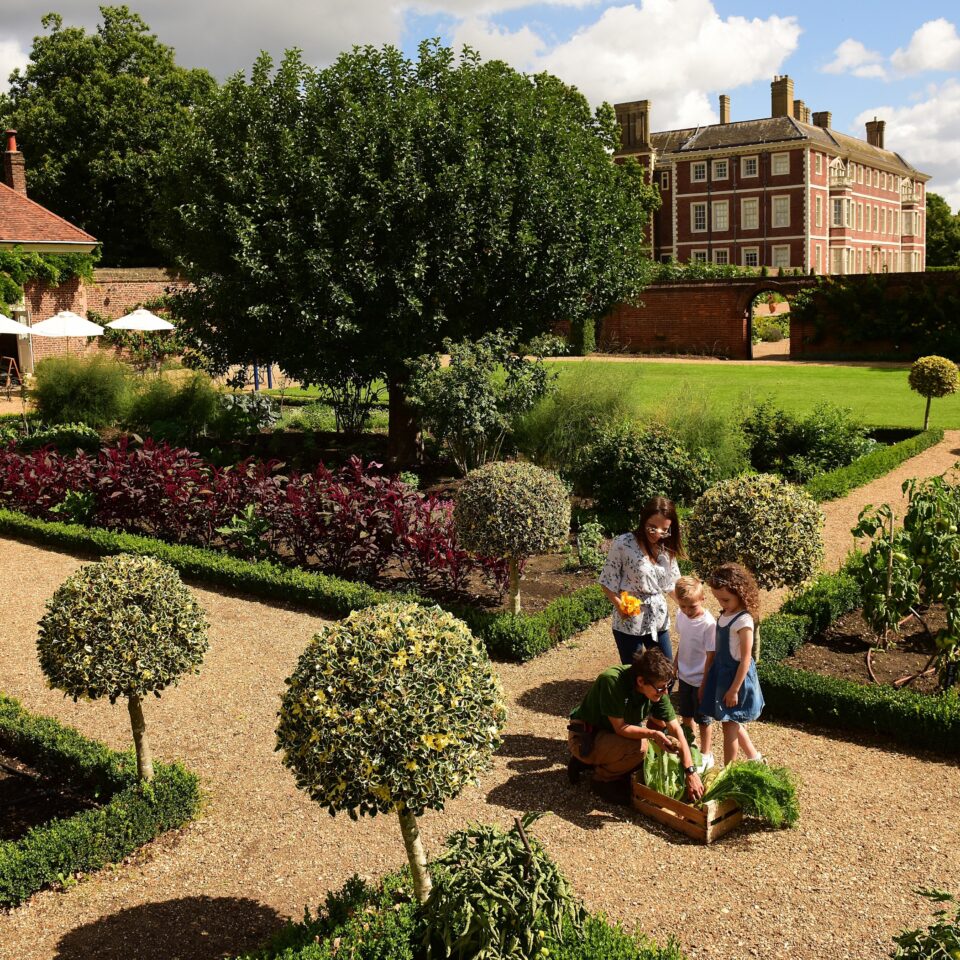
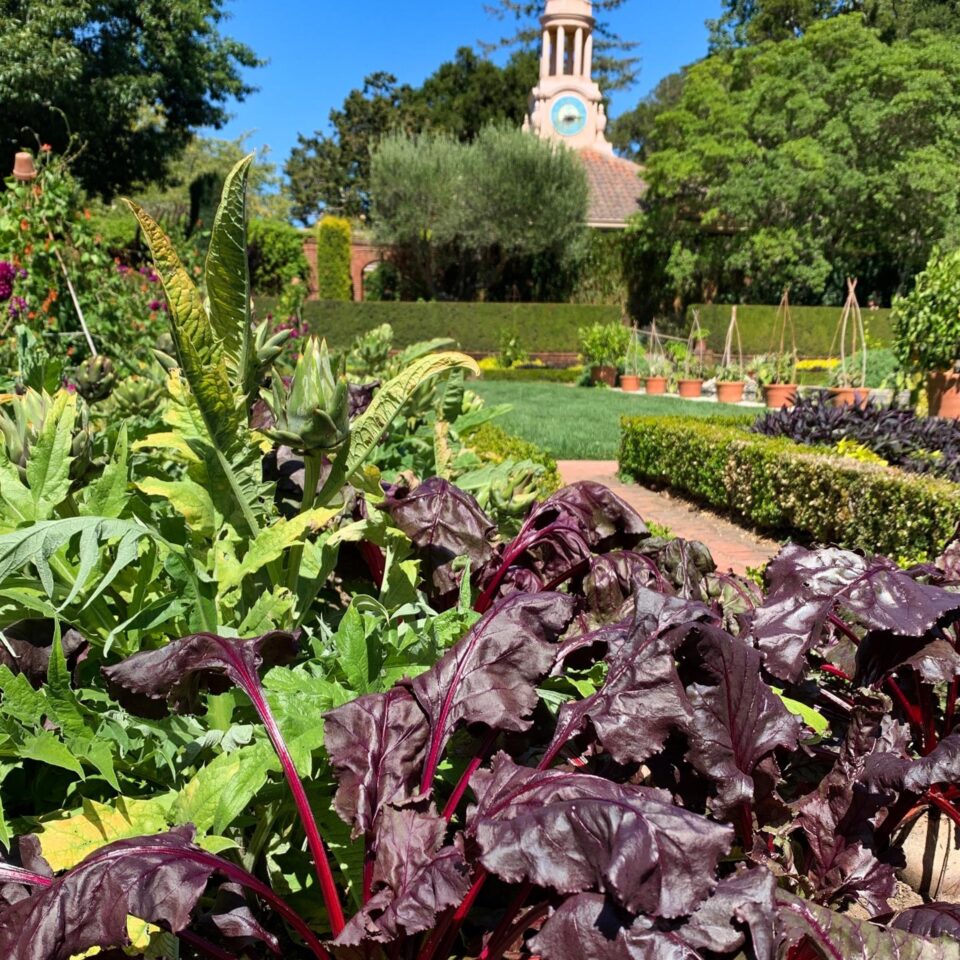
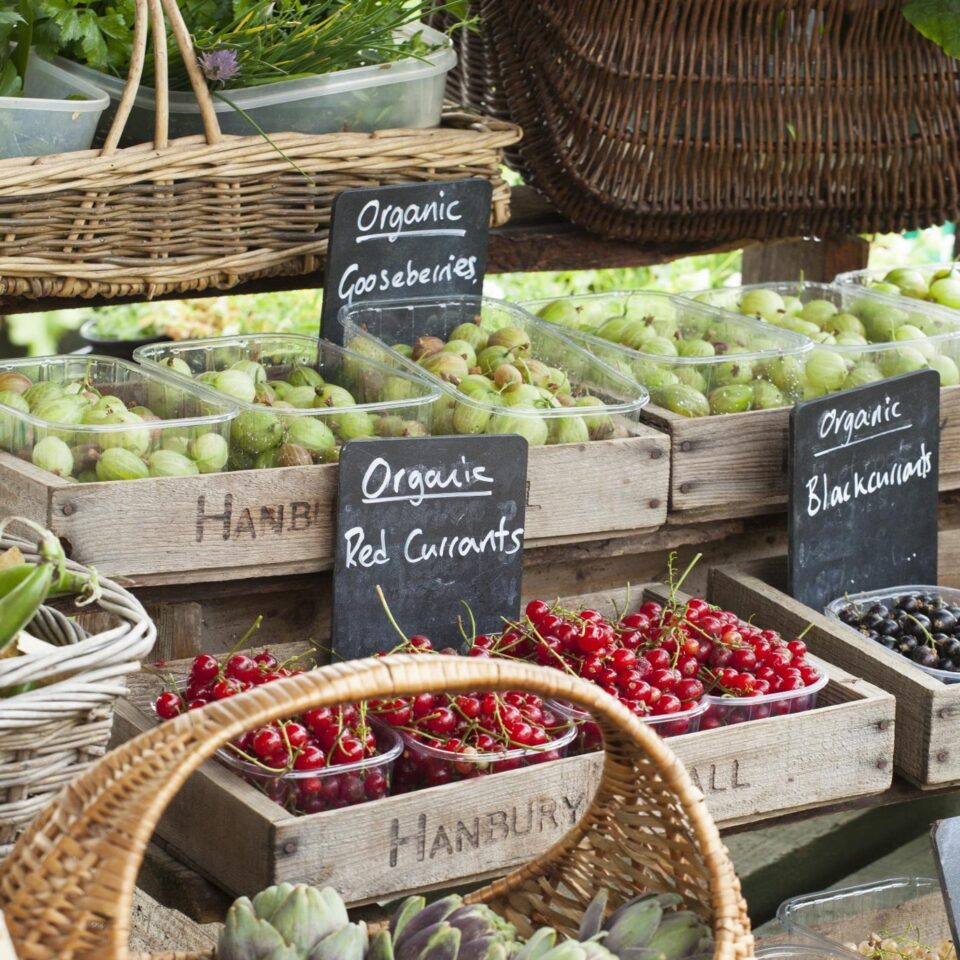
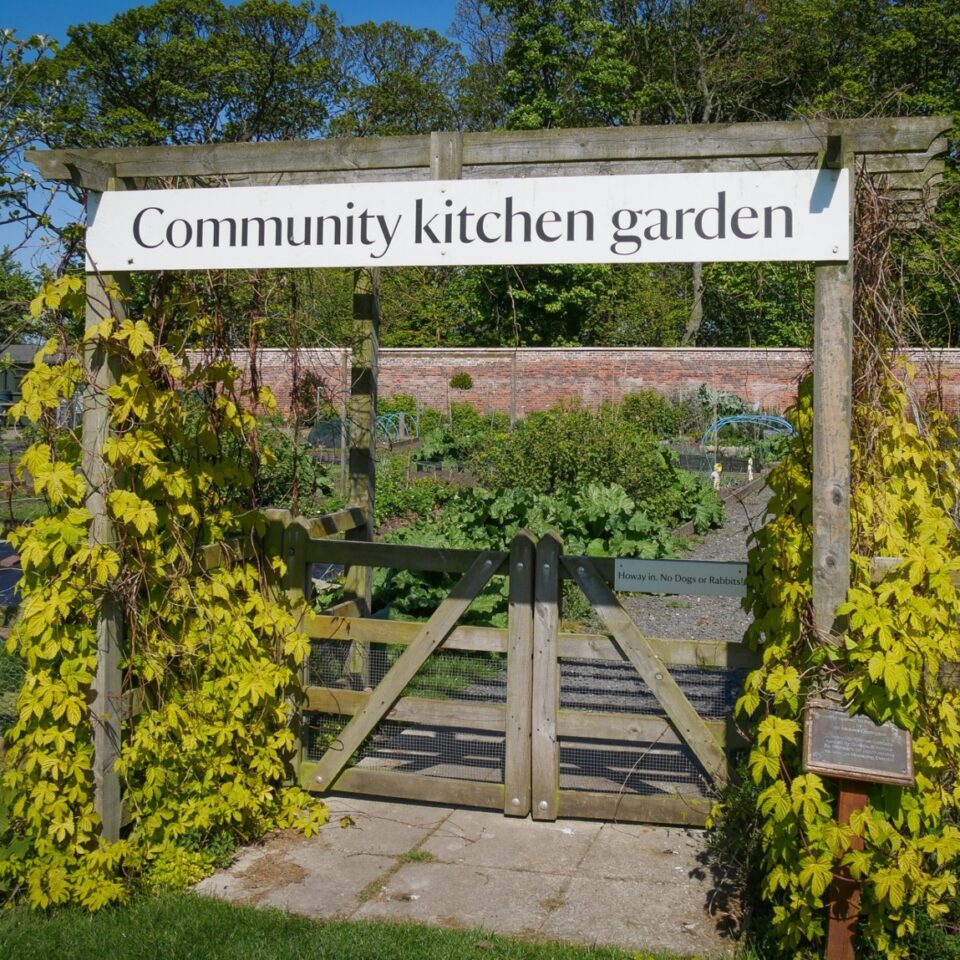
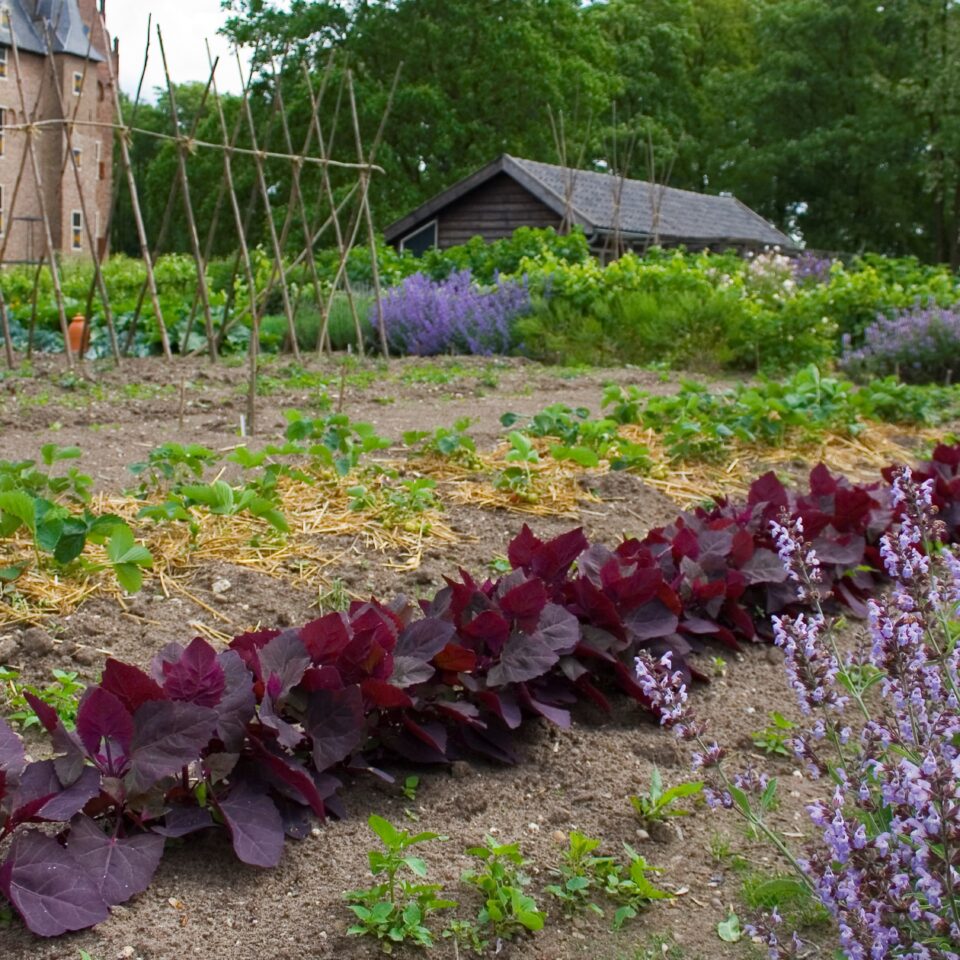
INTO gardening
Taken from a presentation given by Catherine Leonard, INTO Secretary-General, at a conference on Ornamental Kitchen Gardens, organised by the Hungarian Garden Heritage Foundation in April 2022.
INTO’s ninety+ members look after all types of heritage. From archaeological sites to modernist architecture; working historic farms to city museums; country house estates to prisons. And many, many gardens: formal gardens, cottage gardens, urban gardens, wildlife-friendly gardens, and of course vegetable or kitchen gardens.
Which we have found are the perfect place to engage the public in our mission and work. Productive gardens are a huge draw for visitors who love to see what we’re growing and how we’re growing it. They are interested in traditional cultivation methods, tools or plant varieties (which they like to see clearly labelled!).
And any chance to get their hands dirty provides great entertainment! Some gardens even offer short visiteering tasks (that’s micro-volunteering opportunities that can be done as part of a regular visit) like weeding or raking leaves for an hour or two.
(There is more information about visiteering on our Innocastle page.)
Kitchen gardens are a good place to talk to visitors - about horticulture, but also the importance of nature or impacts of climate change. They offer invaluable health and wellbeing benefits. And can provide fruit and vegetables for shops and cafés.
History of kitchen gardens
In 1707, Johannes Kip, the Dutch draftsman who made many detailed engravings of great country houses and gardens, drew this one of Westbury Court, now looked after by the National Trust. All the components of self-sufficiency can be identified: from vegetables and wall-trained fruit to dovecotes, fishponds and even a rabbit warren.
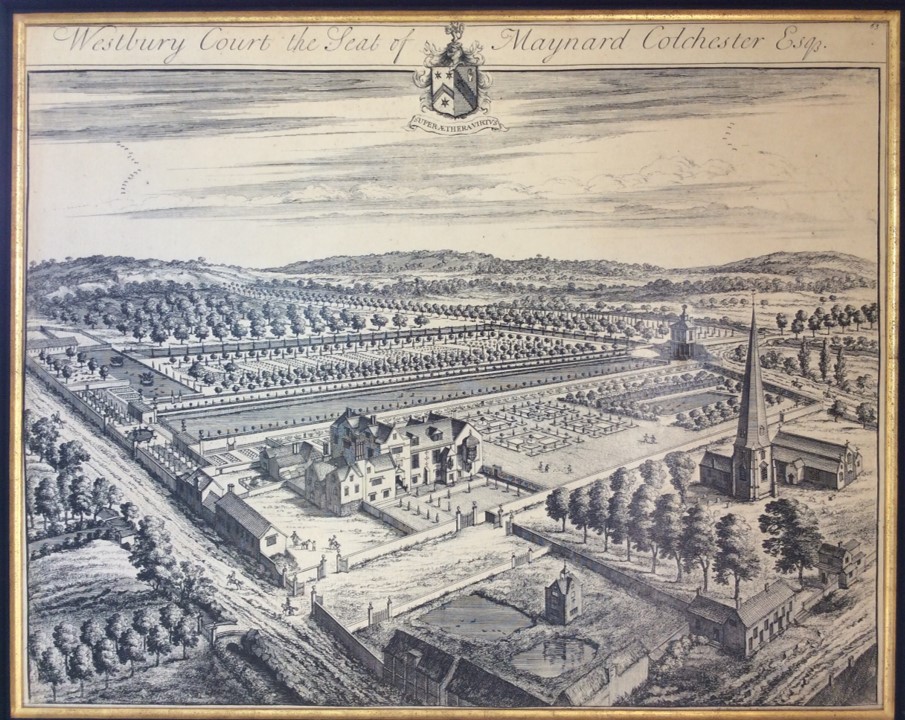
Gardens from this period illustrate the Roman idea of dulce et utile, ‘sweetness and use’. This was interpreted by William Morris in his celebrated golden rule: ‘Have nothing in your houses that you do not know to be useful or believe to be beautiful’. And this is a tradition that the organisations we work with continue today.
Filoli
What could be more beautiful and useful than a potager? An ornamental and productive garden like this one at Filoli, a National Trust for Historic Preservation property in California, where coloured salad crops and flowers are grown together.
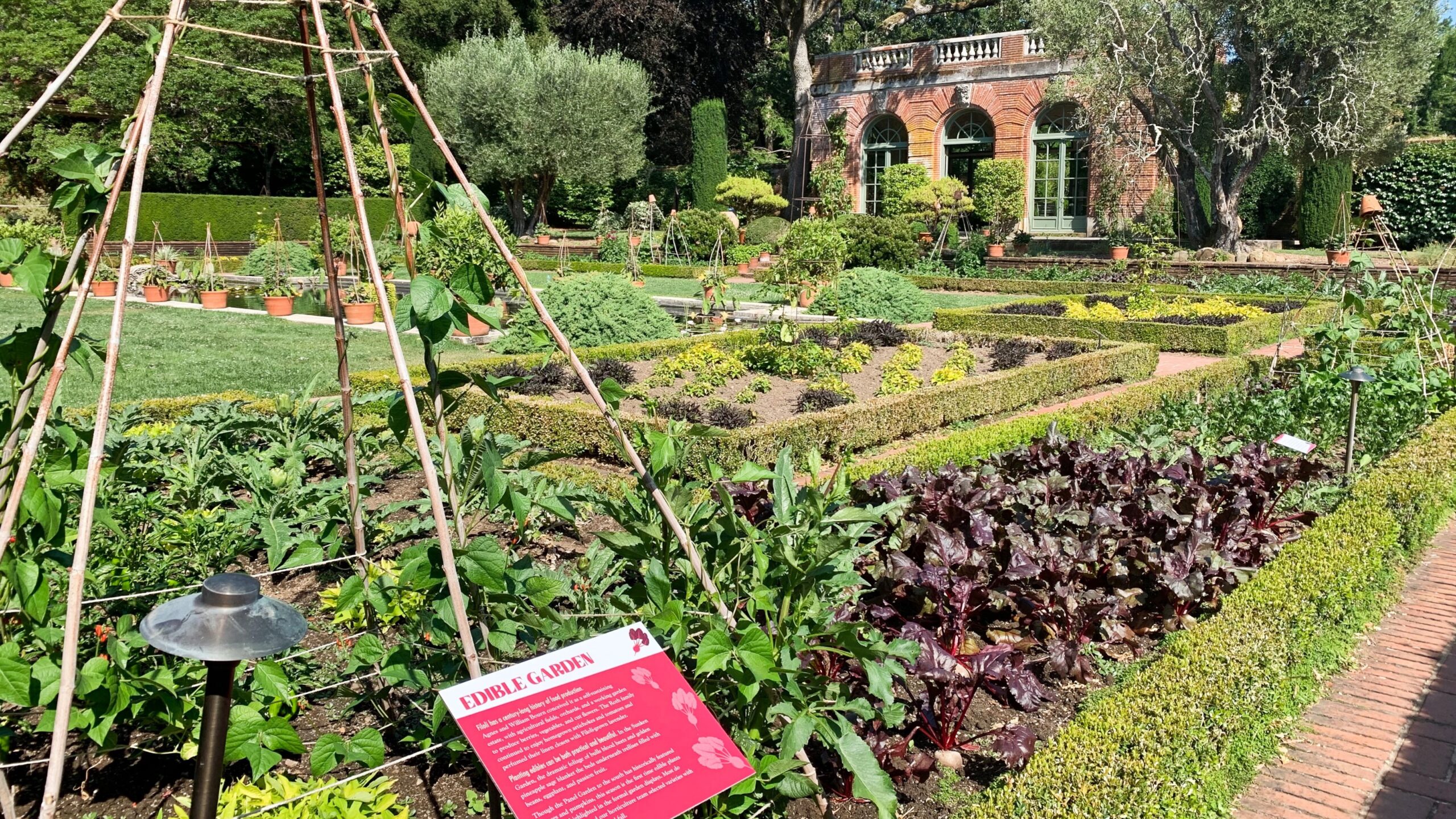
Today, at Filoli the gardening team combines a 100-year tradition of food production with modern gardening techniques and artistic design. After touring the gardens and learning about the edible, medicinal and pollinator plants, visitors can stop in the shop to buy vegetables, fruit trees, seeds and tools to grow their own edible gardens.
Another really nice project at Filoli has been the renovation of a sustainable and accessible vegetable garden focussed on learning and engagement. In developing the garden, the team wanted to incorporate plants that reflect the diverse San Francisco Bay Area community. So, they asked visitors what plants and seeds their families brought with them when they emigrated to the United States. And used these in the planting.
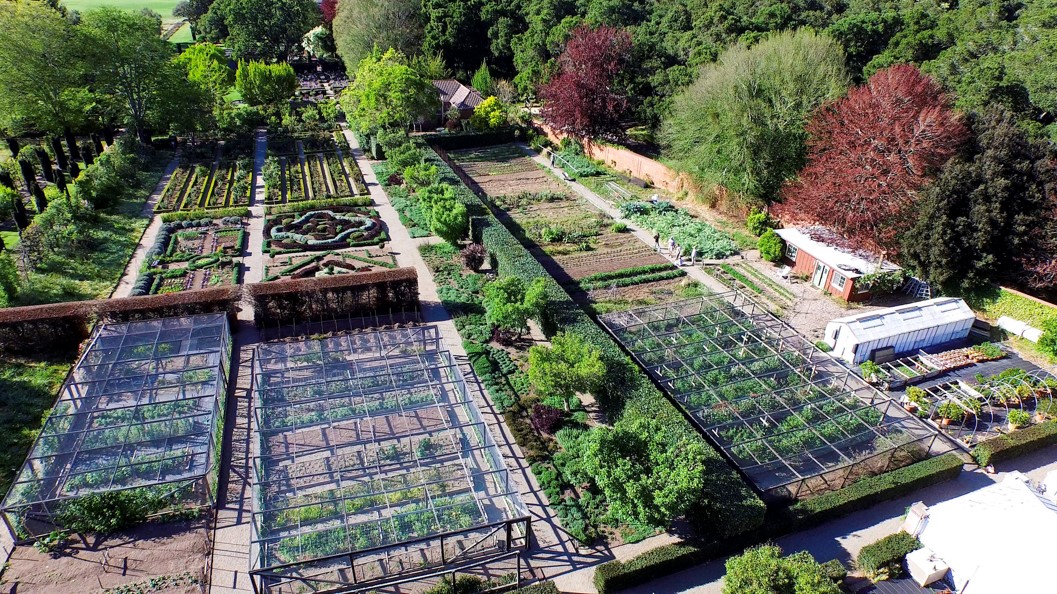
We say that our work is as much about people as it is about place. In gardens, it’s about people, places and plants!
Back to Europe
Horticulture and husbandry were introduced by the Romans but it wasn’t until the Middle Ages that the significance of gardens to both body and soul was really understood.
Across Europe, monastic and religious gardens supplied food for monks as well as the local community. They also grew aromatic herbs for medicinal purposes, kept bees and planted orchards. All key elements of today’s productive gardens.
This is exemplified at the garden on the Colle dell’Infinito, a property of FAI, the Italian National Trust. Perched on top of a hill in the Marche region of Italy and looked after for centuries by nuns, today the garden continues to link the beautiful wider landscape with the poetry of Giacomo Leopardi (and his famous poem, L’Infinito, which begins ‘I’ve always loved this solitary hill’) and the hilltop vegetable garden or orto.
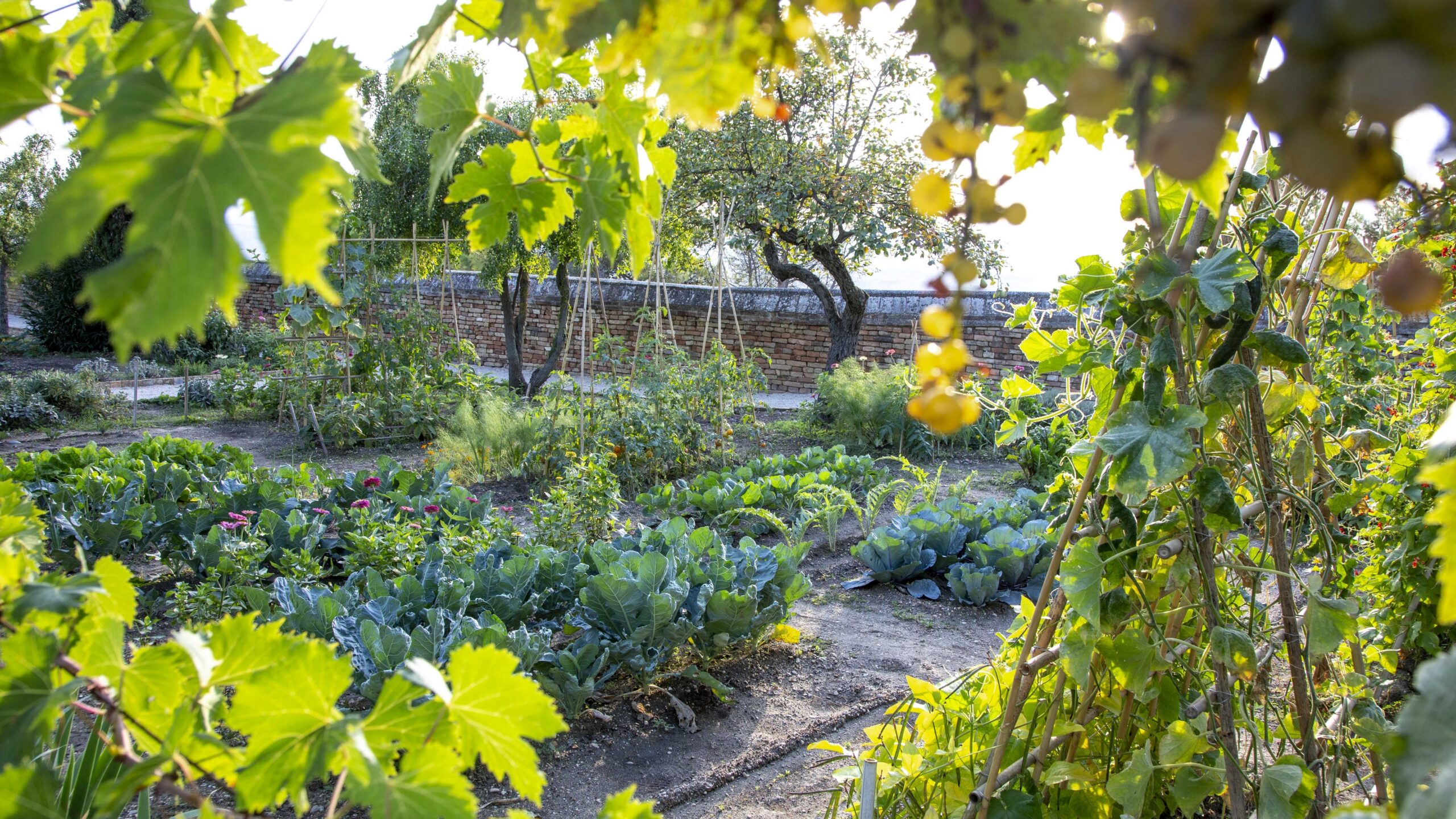
Over the sixteenth and seventeenth centuries, the idea that producing food could both save money and generate income (from the trade or sale of surplus goods) became especially important to smaller households.
But the delicate balance between beauty and use was tipped in the eighteenth century as a result of the Grand Tour.
The Grand Tour
Young aristocrats travelled around Europe, and particularly Italy, to learn about classical antiquity. One of the essential destinations of The Grand Tour was Kolymbethra, a shady paradise in Sicily. Here centuries-old olive trees and citrus fruits flood the Valley of the Temples with their fragrance. Nature merging perfectly with beauty and history.
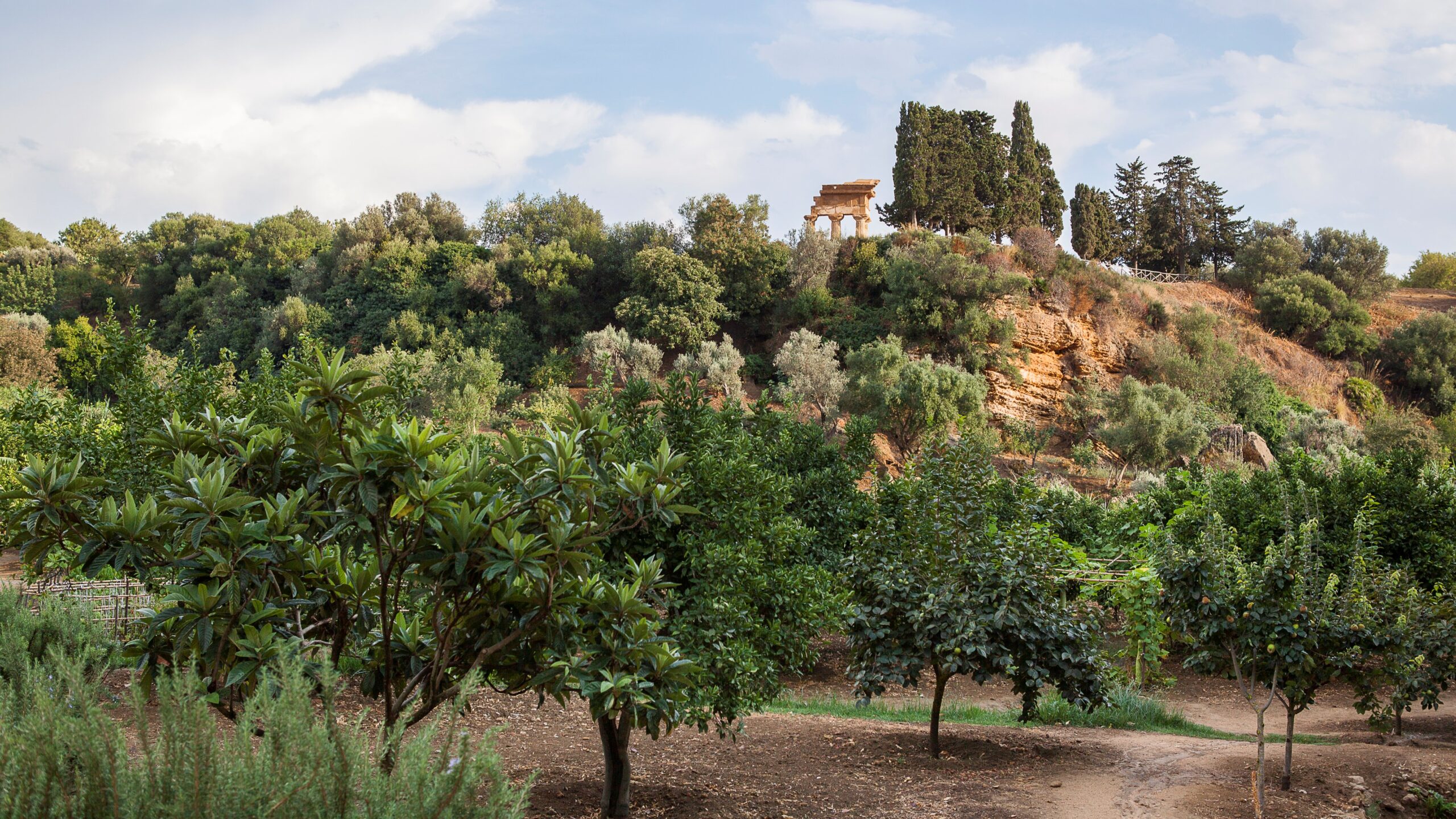
In the last decades of the twentieth century, Kolymbethra fell into neglect until it was saved by FAI, the Italian National Trust, and restored to its former glory.
On their return from the Grand Tour however, many British aristocrats turned their country estates into classical landscapes, replicating what they had seen in places like Kolymbethra. And kitchen gardens weren’t part of that classical vista.
They had to be hidden away, out of sight, apart from the main house, behind high walls. Beauty had become more important than use.
Walled gardens
But whilst they were out of sight, they were not out of mind. Walled gardens were expensive to build and often had the very latest technology – heated walls and floors, irrigation systems or increasingly in the nineteenth century, vast glasshouses.
Kitchen gardens, whilst separated from the classical landscape garden gradually became something of a status symbol in their own right. And were proudly shown to visitors and friends taking a tour of the estate.
After the First World War, many kitchen gardens (and indeed whole country estates) fell into disrepair or were knocked down. It was at this point that some started to be given to the National Trust. With a reduced workforce, the intensive labour required in a kitchen garden made them impractical. Although smaller households continued to strive for self-sufficiency up until the Second World War.

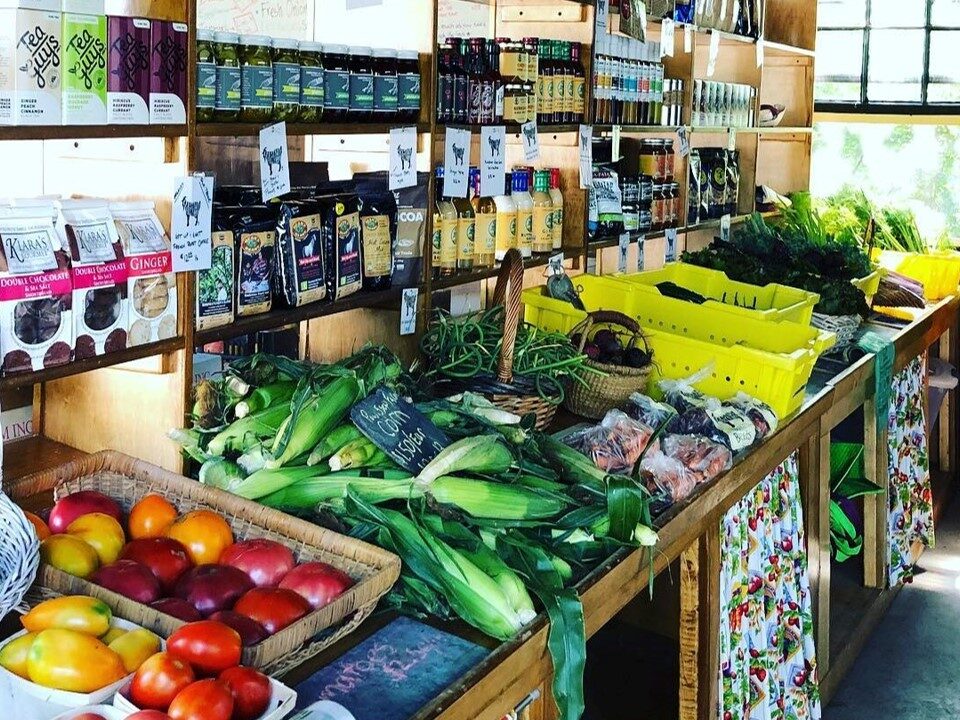
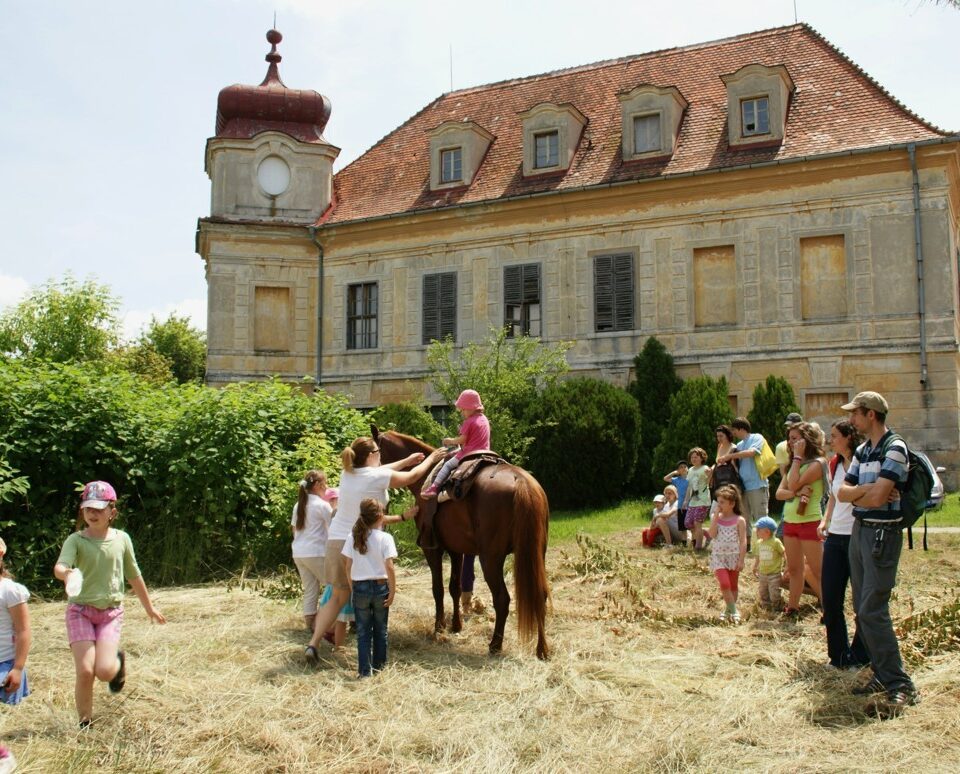
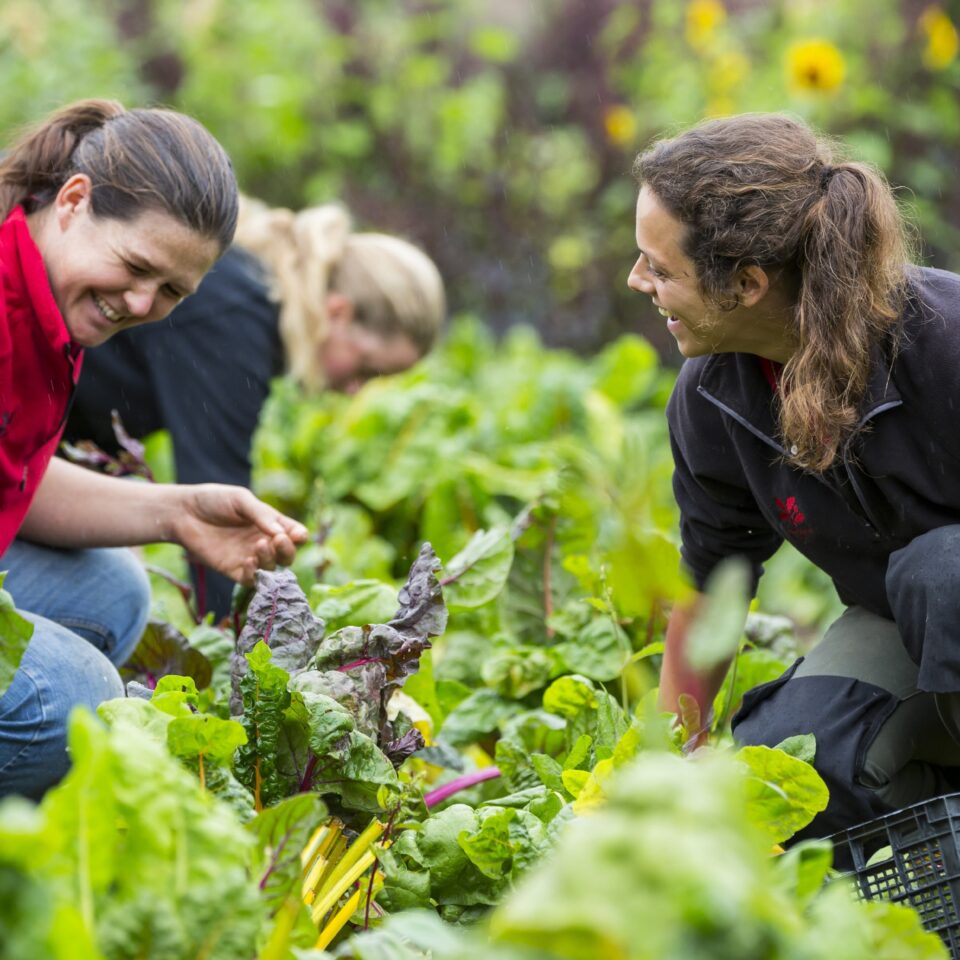
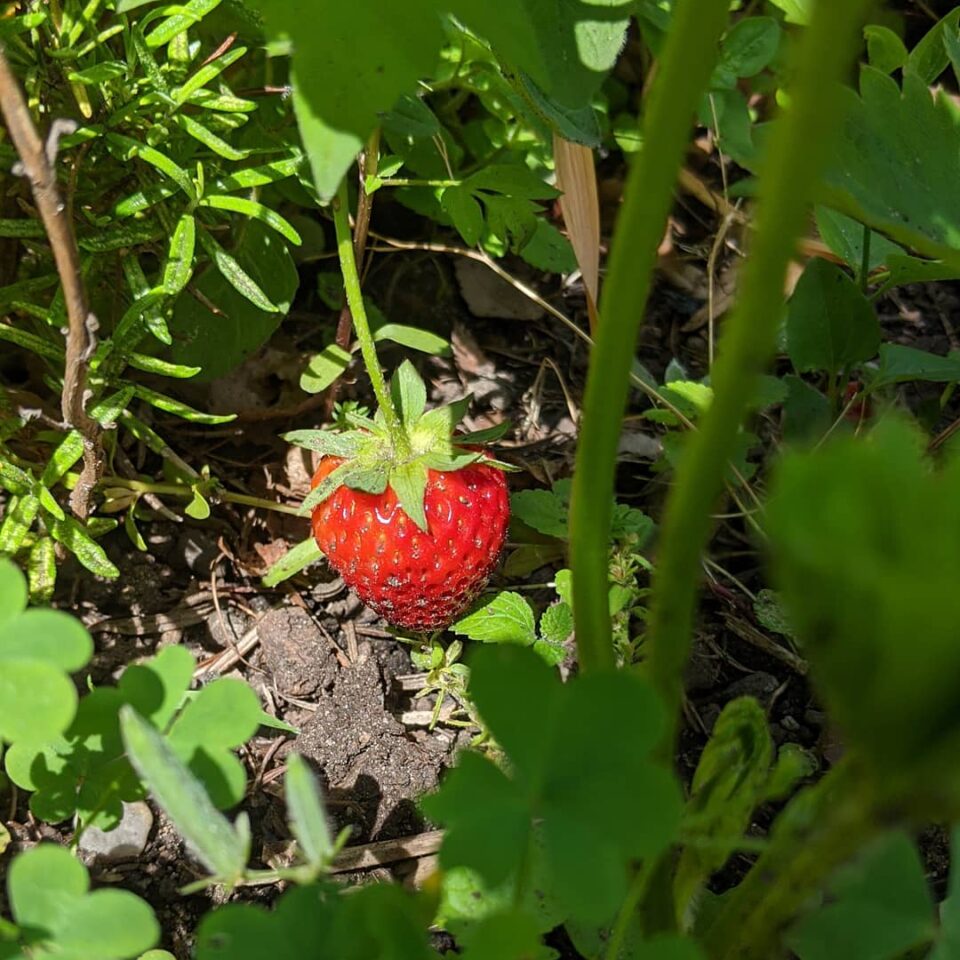
Dig for Victory
The UK government launched its ‘Dig for Victory’ campaign in 1939 to encourage people across the country to grow their own food in times of harsh rationing. Open spaces everywhere were turned into allotments, from domestic gardens to public parks.
Ironically, an unintended consequence of the ‘Dig for Victory’ campaign was that post-1945, people didn’t want to be reminded of the hardship of wartime living. They wanted to turn their gardens into places of rest and recreation. And with food back in the shops, there was no longer a need toil endlessly in the vegetable patch.
Since then, however, there has been a revival in ‘growing your own’. And here are some of the ways INTO members are conveying this to a new generation.
How INTO members are bringing back kitchen gardens
Using food grown on site in cafes and restaurants, like at Beningbrough’s one-and-a-half-acre Victorian walled garden, one of the first to be renovated by the National Trust in 1995. Everything grown here contributes to the menu of the ‘Walled Garden Restaurant’ with popular seasonal recipes including beetroot cake and asparagus quiche.
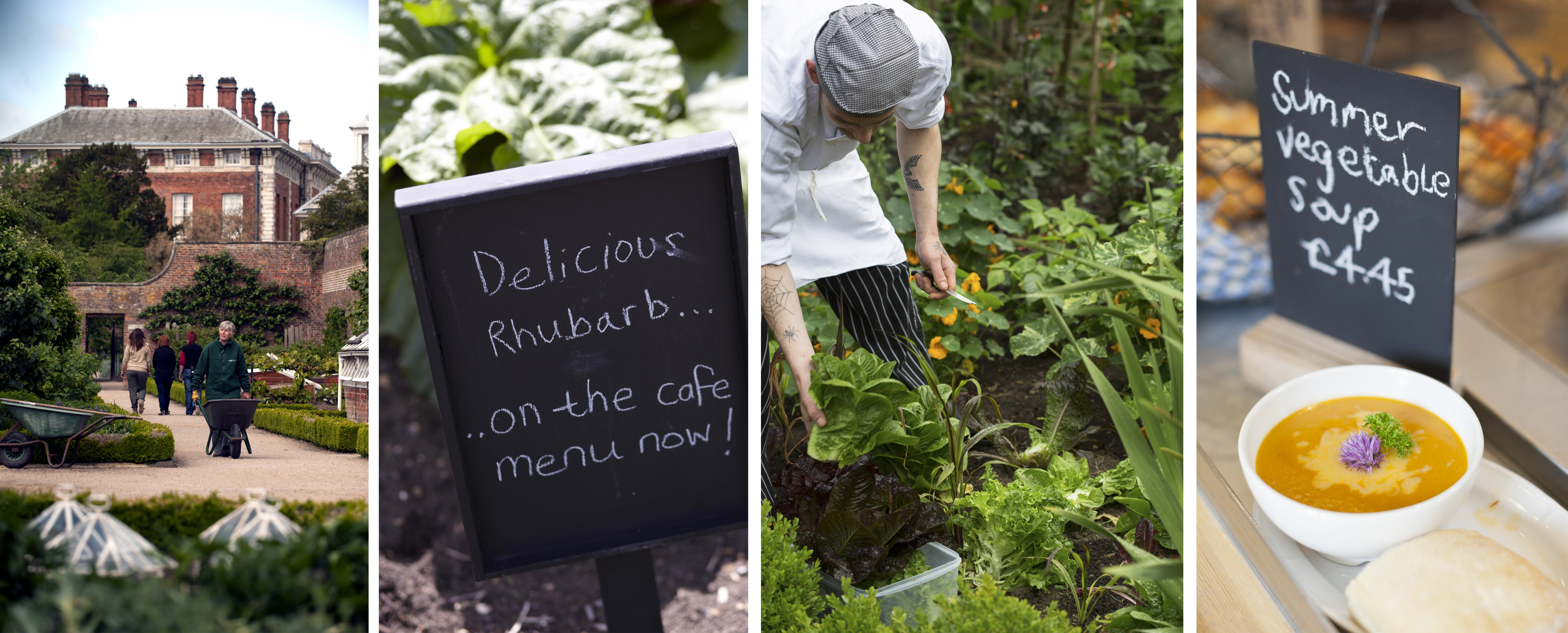
There is now a small boutique vineyard within the old kitchen garden walls of Ickworth House, a National Trust property in Suffolk. And another FAI property, the Castello di Avio is also surrounded by vineyards and olive groves. As well as being an important habitat for nature and wildlife, orchards provide abundant harvests every year. And we celebrate Apple Day every autumn. It’s a perfect opportunity for the public to join in with apple activities, like making apple pies or apple pressing.
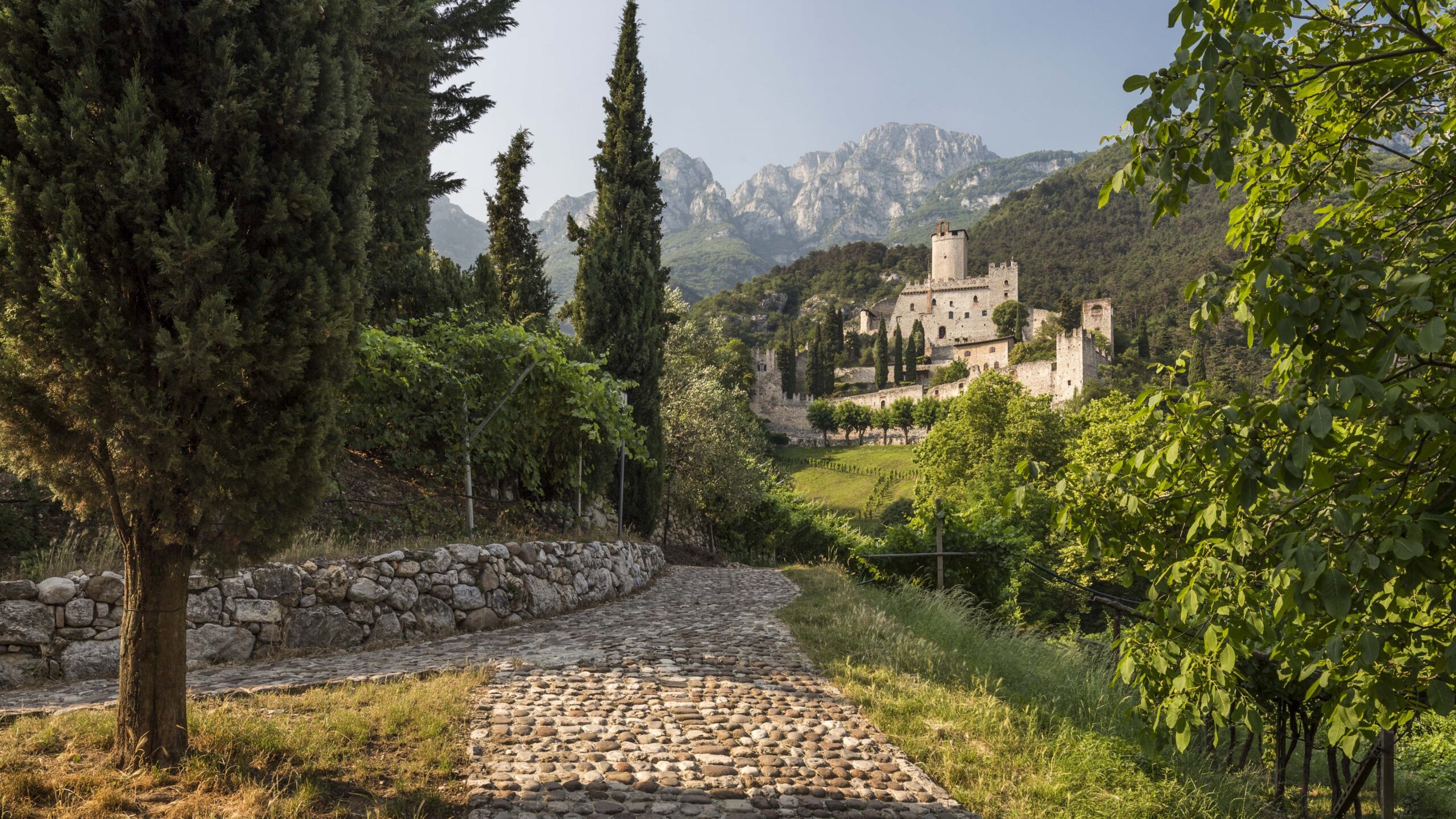
With concerns over food security, food miles and climate change; economic recession; increased desire for seasonal and organic food; and the recently amplified (certainly in Covid-times) simple pleasures of home-growing, baking and making has increased demand for vegetable plots.
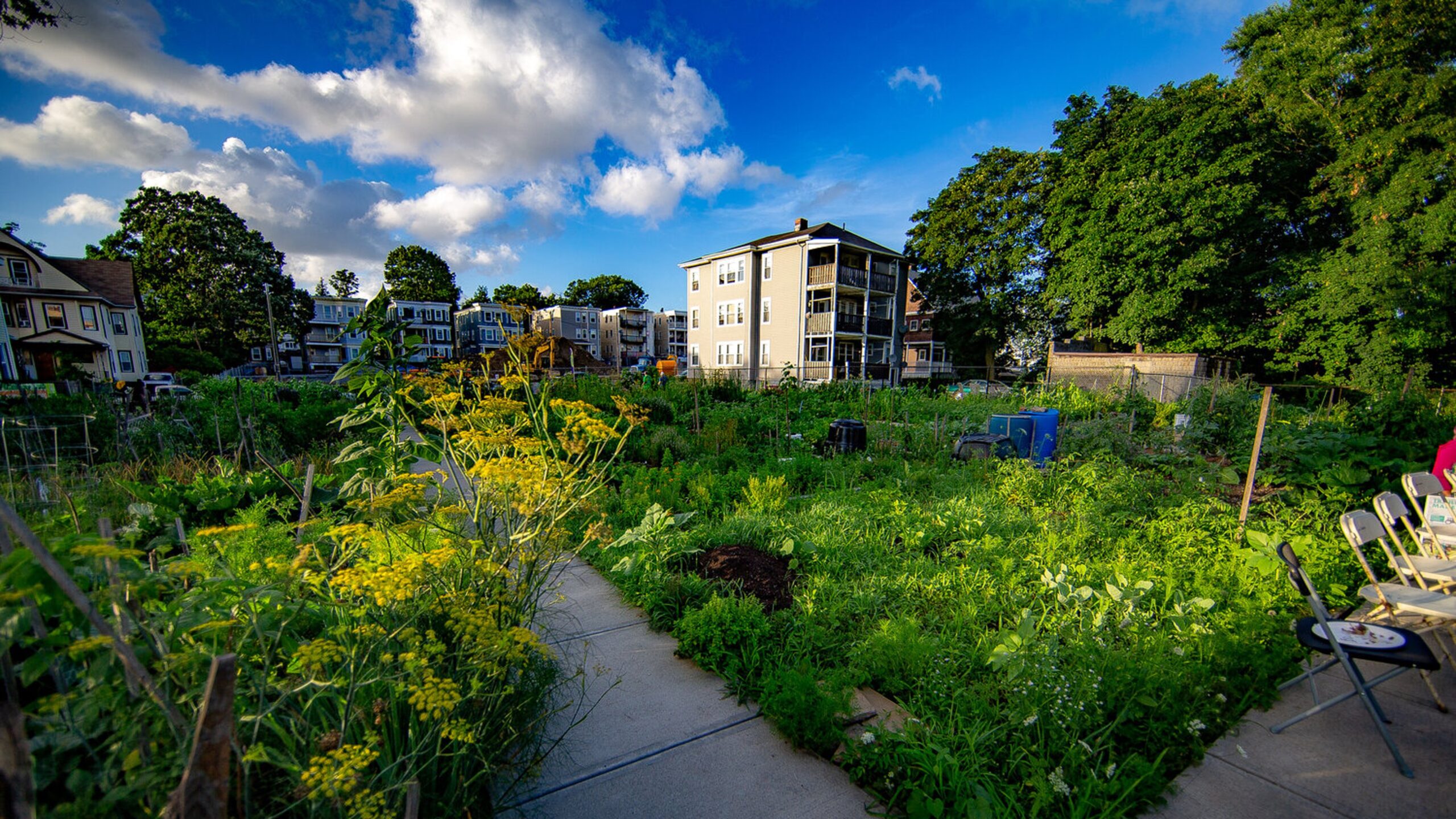
These urban gardens are run by the Trustees of Reservations in the United States.
Here at Doorwerth in the Netherlands, a property of the Gelderland Trust, volunteers run a thriving community garden.
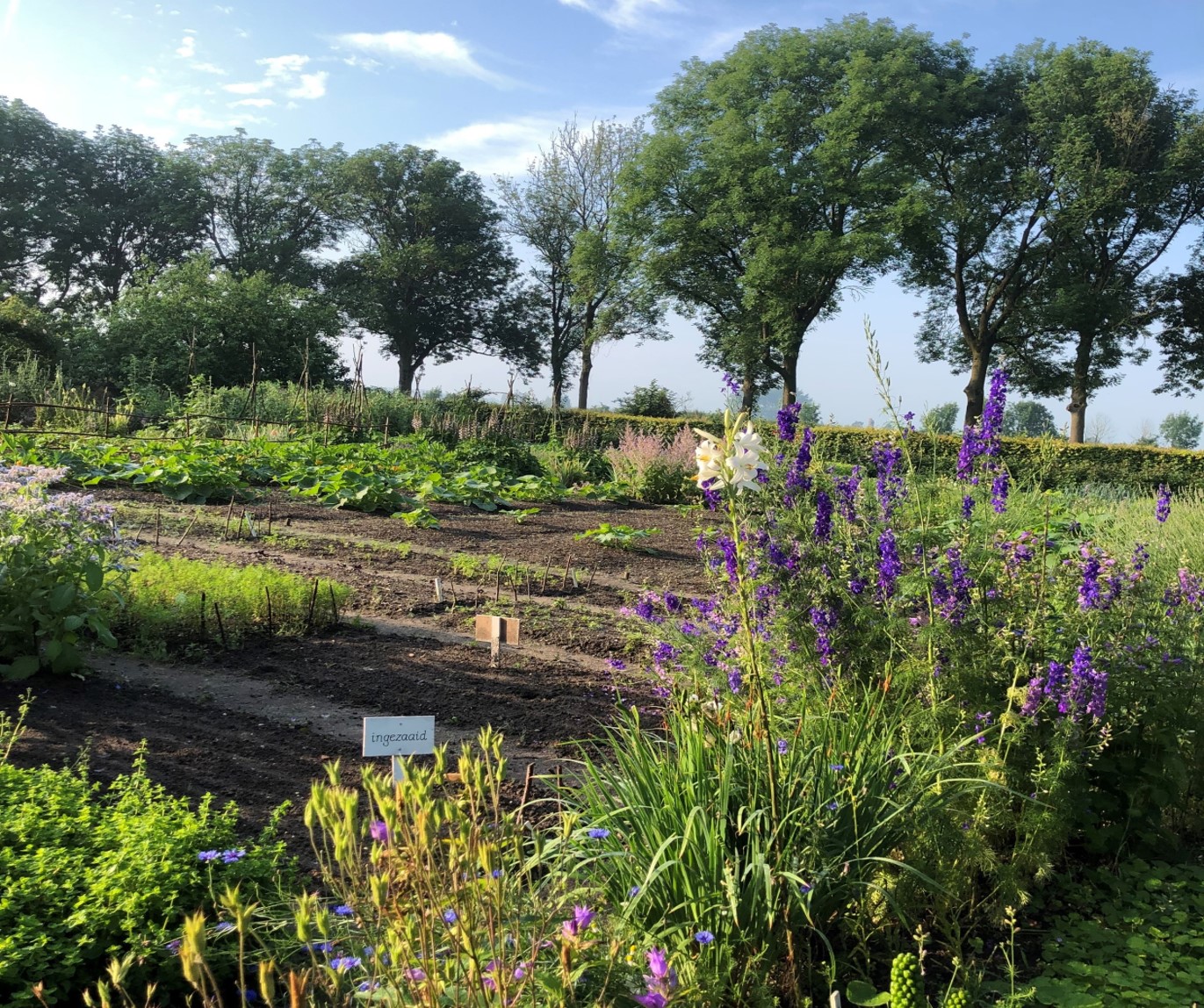
The Farmers Market at Sissinghurst Castle in Kent is at the very heart of the ancient farm, surrounded by Elizabethan and Victorian buildings. The market has a range of stalls, including cheese, bread, wine, cakes and preserves. It’s also possible to enjoy seasonal, organically grown produce from the Sissinghurst vegetable garden. Here we can talk about ‘food feet’ not ‘food miles’!
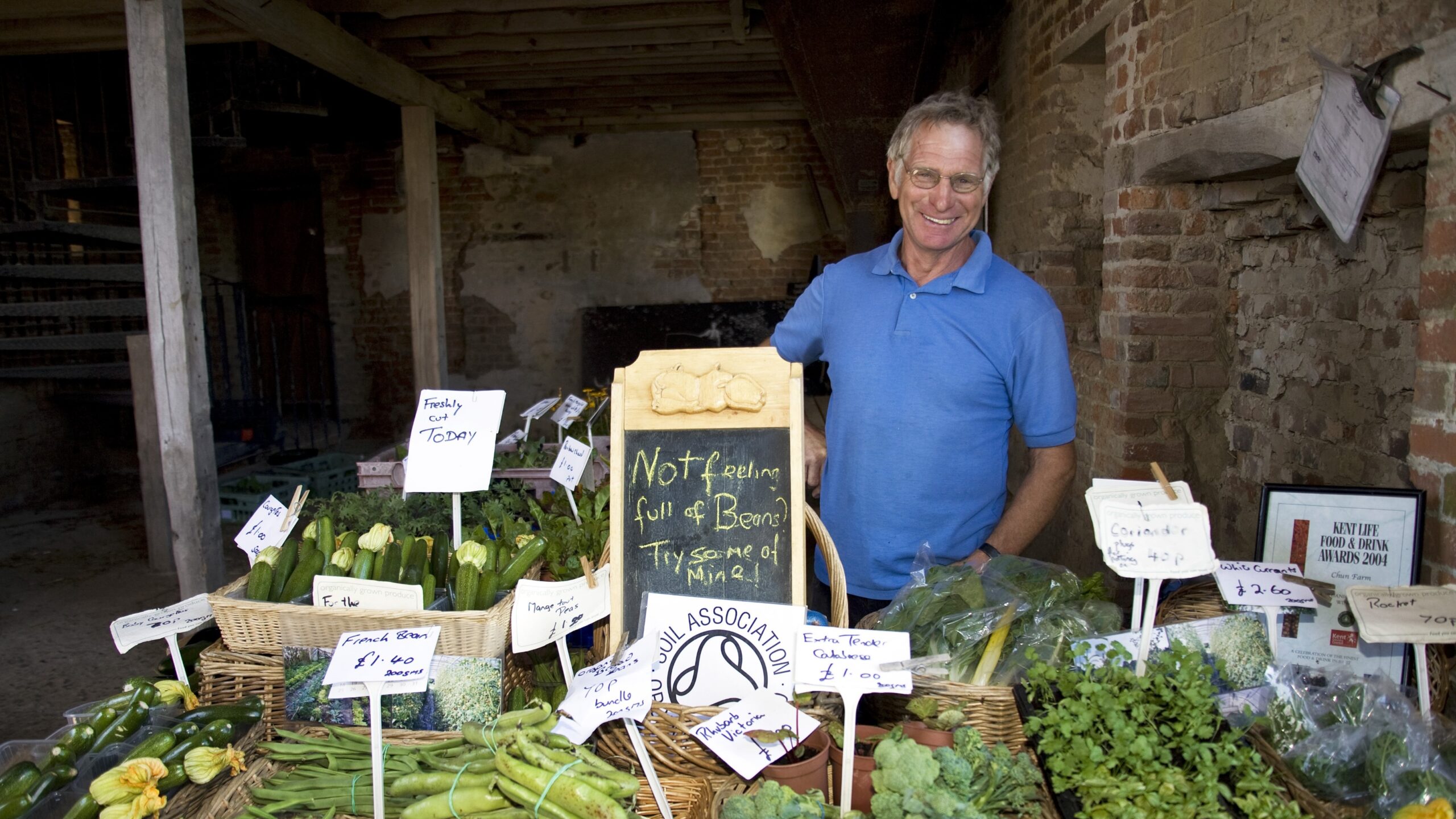
Many INTO members also sell plants that have been propagated and grown by staff and volunteers on site.
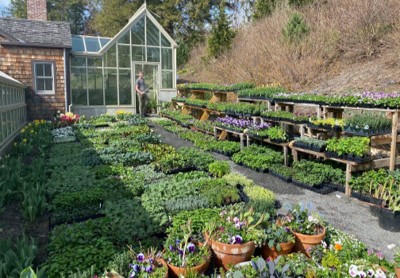
All of this is as much about public engagement as it is about conservation or making money.
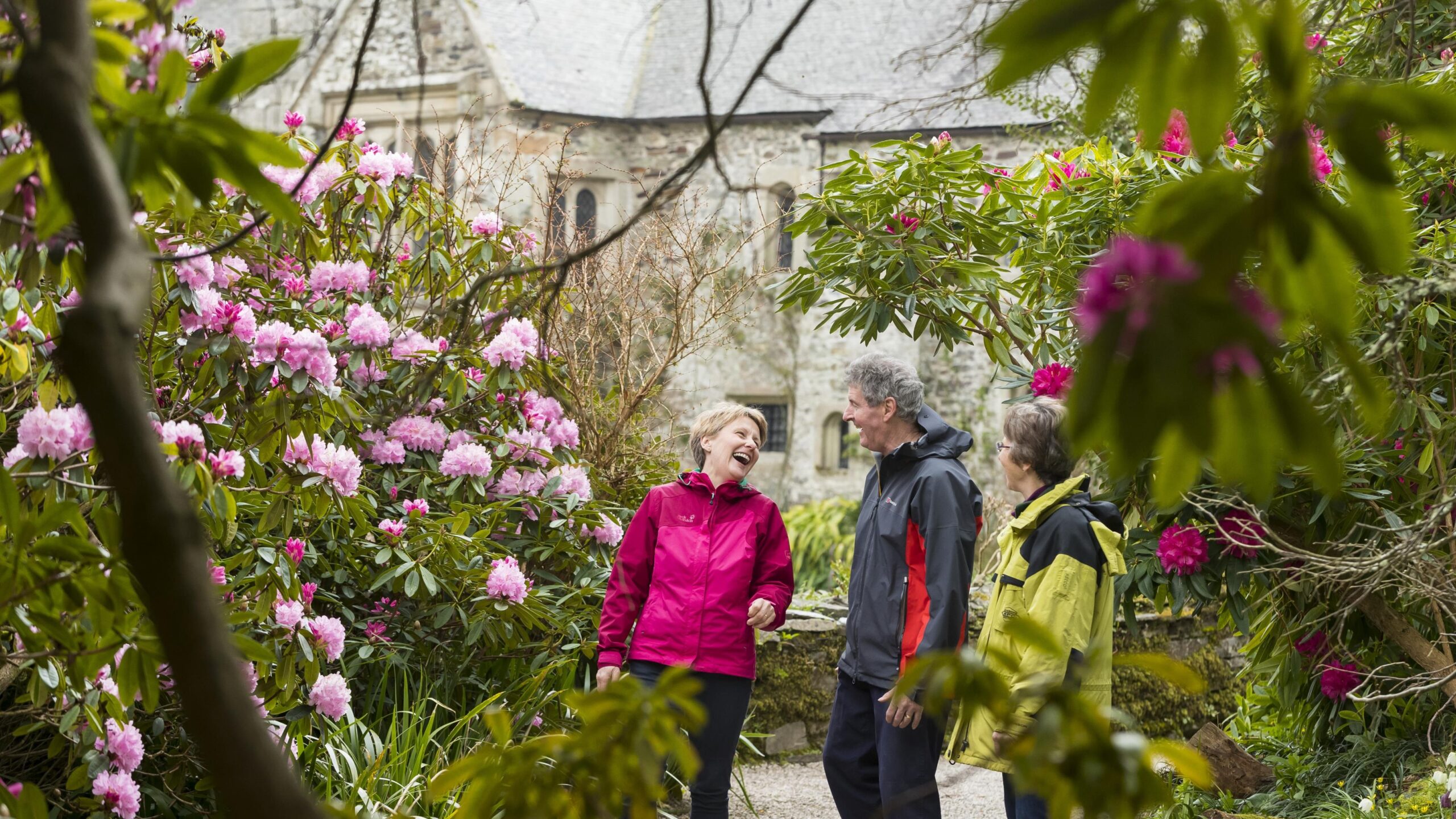
There is strong evidence to suggest that spending time in nature or a garden can reduce stress, improve mood and increase wellbeing. From volunteering in a beautiful setting to just enjoying the peace and relaxation of a visit. From meeting people and finding a new role in life to exercise, fun and fresh air.
(There is more information about wellbeing on our Innocastle page.)
Garden events also tend to be very successful with the public, particularly when themed around cooking or individual produce, like Apple Days. They are also a good opportunity to involve external groups. Demonstrations by local beekeepers are usually very popular. As are technical demonstrations such as pruning and training fruit trees which is a good way to teach people things they can do at home.
There are also more specific education and outreach programmes – for school children or for people living with disabilities or ill-health. Gardens provide the opportunity to ‘grow’ through social and therapeutic horticulture.
Covid and gardens
Covid-19 only underlined the importance of nature to our mental and physical health – in many countries, gardens were kept open to the public whilst houses were shut.
Another thing Covid highlighted was the importance of local visitors, with international travel and tourism off the agenda, and a focus on the wellbeing of the local community. At the end of the 2021 season, Filoli donated nearly a tonne of fruit and vegetables to the local food bank.
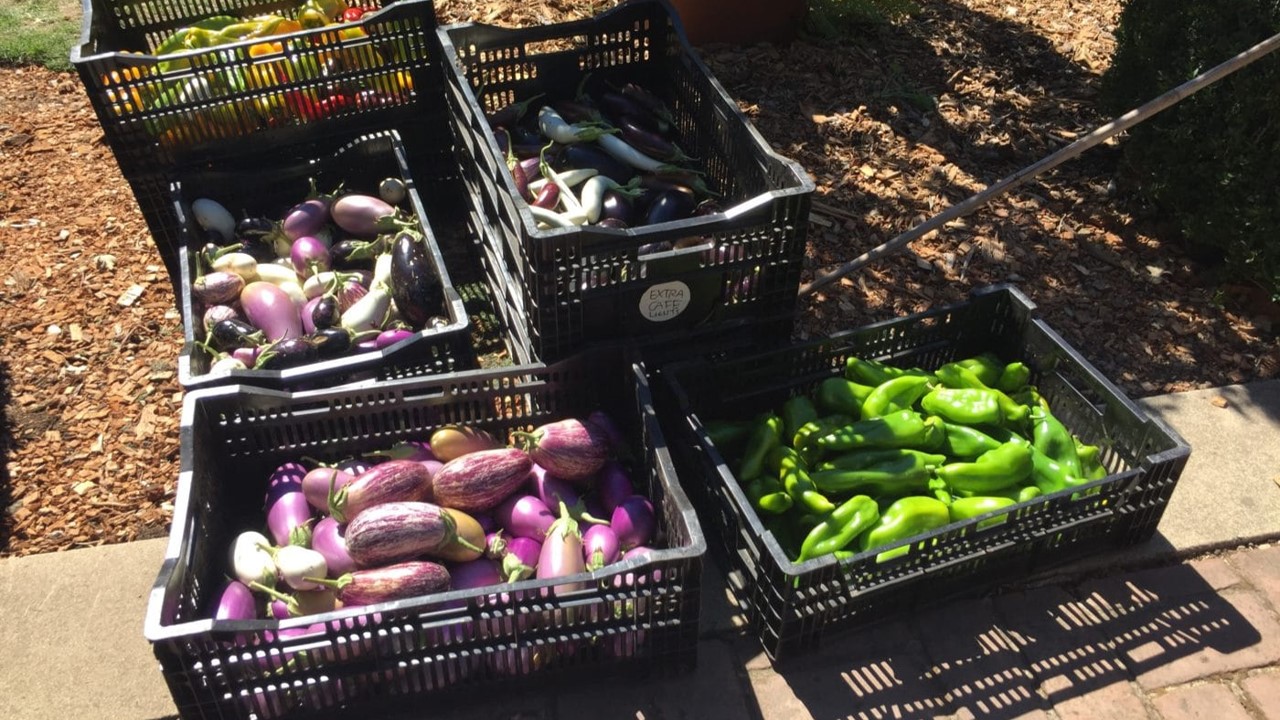
Coronavirus certainly put manor houses and their gardens back at the heart and centre of the community for a while. Let’s hope that’s where they stay!
With particular thanks to the Hungarian Garden Heritage Foundation for inviting us to present at their conference and for making us so welcome, and to all the interesting people we met along the way.
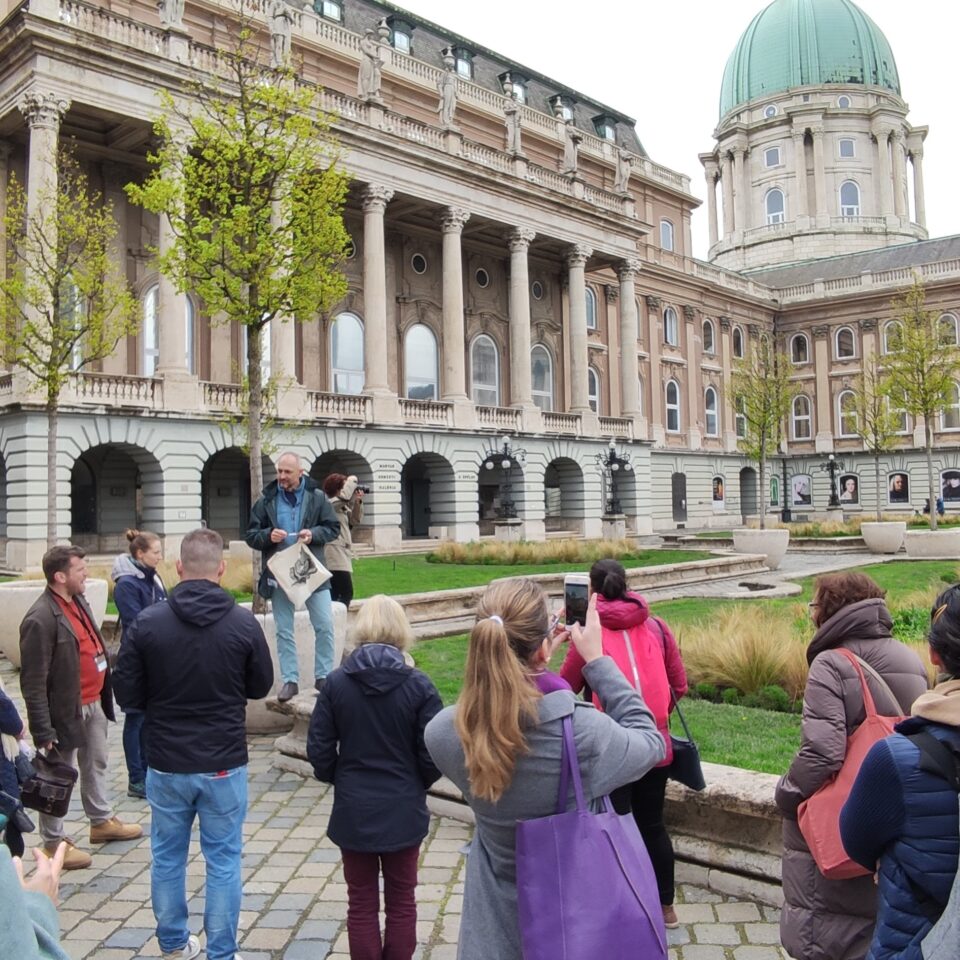



INTO members featured

Budapest

USA

Netherlands

Italy

California, USA

USA

UK

Slovakia
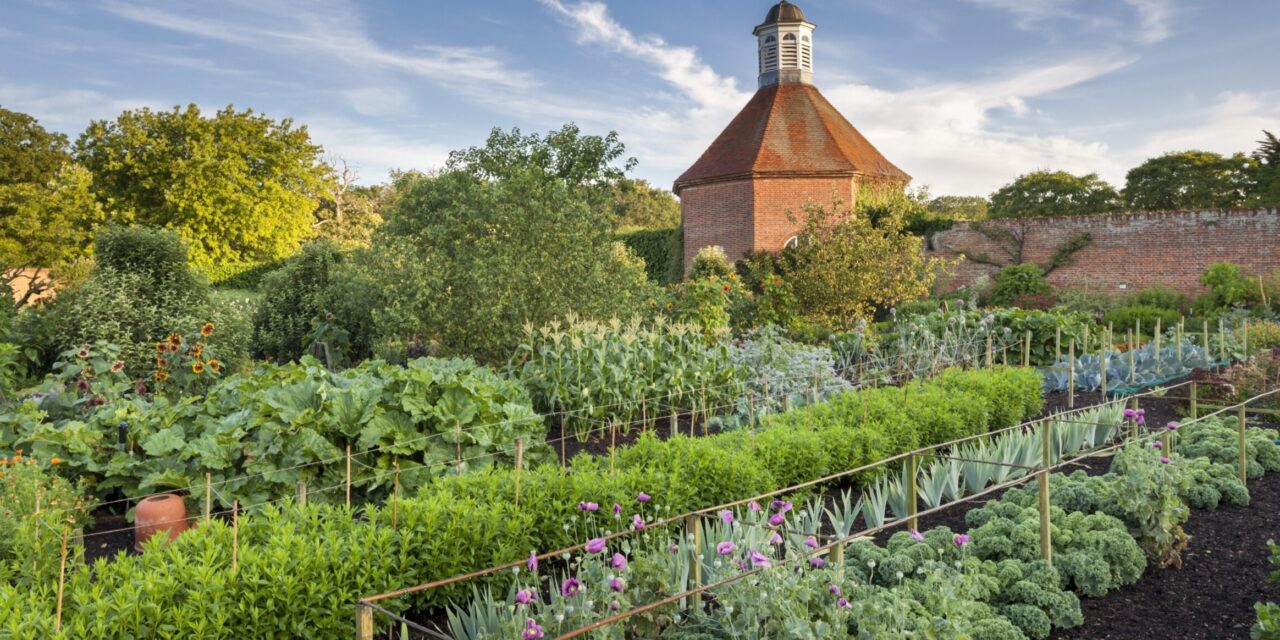
INTO Places
Many INTO gardens are part of our INTO Places reciprocal visiting scheme where membership of your local national trust offers free entry to sites cared for by INTO members all over the globe.
Find out more